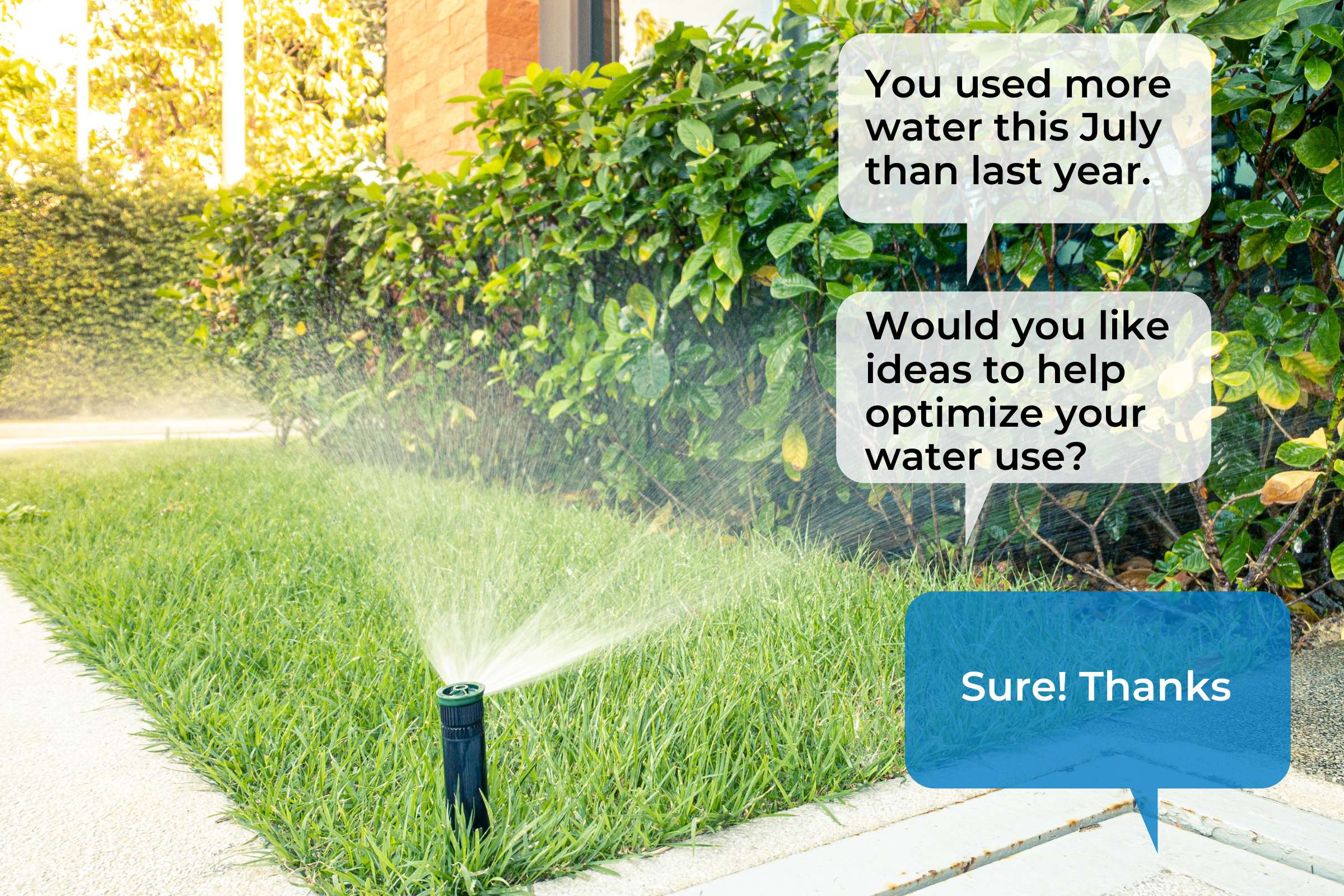The difficulty of drought messaging
Messaging for something like drought is difficult—especially in places like California, Nevada, or Utah where people feel like they’ve heard the message before. There is an inevitable wear-out for people who have already been through a drought or two and have always seen the forecasted dangers “averted”.
As a water provider, you know the state of your water supplies, the projected demand of your users, and the consequences if Mother Nature doesn’t deliver needed rain; but to average homeowners who are used to turning on a tap and seeing water flow, drought risk can feel intangible. This knowledge gap is one reason communication should play a key role in every drought response plan.
Assess the drought situation
While behavior change is the ultimate objective of every drought message, the actual change needed may vary depending on the current situation.
In general, most water providers find themselves in one of three groups:

Determine what success looks like for drought messaging
No matter which group your organization belongs to, it is important to identify what a successful outcome looks like. You can work backwards from there.
For example, If immediate reductions in water use are needed, messaging should focus on leading users to actions that reduce water use quickly. If drought is a future risk, you could take time to promote more long-term changes to help your community overcome water supply vulnerabilities.
Your desired outcome should help determine your message.
Know who to target with drought messaging
Your customers don’t all use water the same. Your best results will come from creating targeted messages for customer groups with the biggest potential impact.
Craft an effective drought message
When you need to stop people from doing things they really like or get them to do things that are more of a hassle than not doing—your message matters. The following techniques can help you craft a drought message that persuades.

Get your drought message out
You can always put out a press release, post to social media, or pay for mass advertising—but your drought messaging doesn’t need to stick to these traditional methods. Often a simple text, email, or phone call can provide a more targeted, more personalized, and more effective message for a fraction of the cost of a paid advertisement. Tools like Yoppify can allow water providers to easily have these types of interactions with customers during drought.
While text messages or emails may be used for things like notifying customers of an assigned watering day or informing residents about new watering restrictions, your website should also become the hub of your drought communication strategy. You can use your website to answer questions, tell your story, provide updates, and to help your customers feel confident in your organization’s drought response.
Don’t miss the mark with drought messaging
Beware of a few messaging mistakes that could negatively impact your effectiveness:
Don’t push your responsibility onto the public. Help your residents understand the actions and preparations you are taking as a water provider to get through the drought. When your customers know what you are doing, reading a message that stresses their individual call to action will have a less negative effect.
Don’t confuse drought response actions with water conservation: One risk water providers face with drought messaging is that the public will begin to view water conservation as a drought response rather than a long-term community ethic. Water providers should be careful to communicate that while watering restrictions are temporary actions taken to prolong water supplies during drought, efficient use of water should be a community goal no matter the weather.
Do help your customers recognize the impact of their efforts: If your users don’t believe that their individual efforts will make a difference, they are less likely to take action. And some may even feel helpless to overcome negative impacts of drought.
Get Started with drought messaging
While drought can be stressful, unpredictable, and difficult to manage, effective communication and customer engagement can help communities reduce their use when it matters most. Learn how Yoppify can help with you deliver messages to the right people at the time. Request a free demo or consultation.









